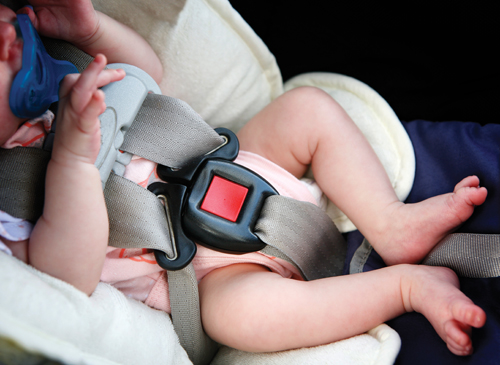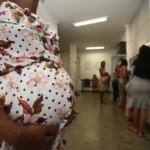Practice car seat safety

For car seats to meet their maximum safety potential, they […]
For car seats to meet their maximum safety potential, they must be installed and used correctly. Remember to select a model that fits your child and your car, then follow these tips from the National Highway Traffic Safety Administration and SaferCar.gov to ensure your precious cargo is secure.

Read the car seat manual and your vehicle owner’s manual carefully before and during the installation process. For added assurance, have a trained child passenger safety technician double-check your handiwork. Your local fire or police station may offer free seat-checks, or you can locate an inspection station near you at safercar.gov.
Poised for protection
When buckling baby in, ensure the harness straps lie flat and aren’t twisted. For rear-facing passengers, the straps should be threaded through the slot that is at or below your child’s shoulders; straps for forward-facing riders should be placed at or above the shoulders. When buckled, the straps should be snug enough that extra material cannot be pinched at the shoulders, and the chest clip should be positioned at armpit level.
Tips for tots
- Because bulky clothing or blankets can prevent a snug harness fit, parents should always buckle the baby in the seat first, and then place coats or blankets over the harness.
- Use small, rolled blankets to fill the empty spaces on either side of baby’s shoulders and head if baby needs extra support.
- If there’s a gap between the buckle and baby’s groin, which is a common occurrence with young infants, try placing a rolled washcloth or diaper in the space for a more secure fit.
Good to know
Passengers under age 1 should always ride in a rear-facing seat and be kept rear-facing until they reach the car seat’s maxi-mum height or weight limits.







